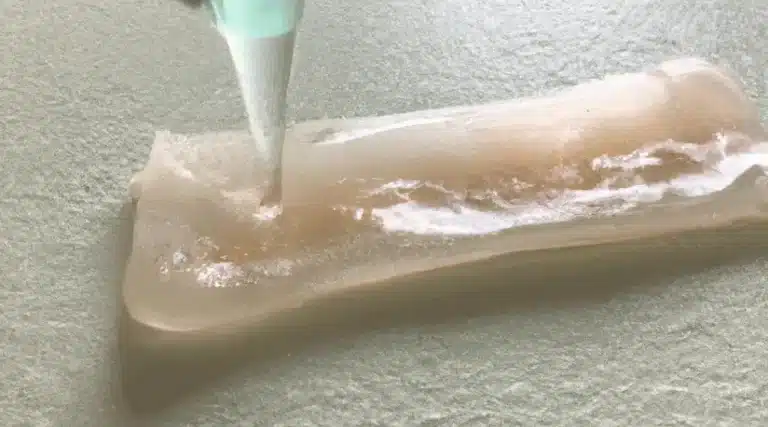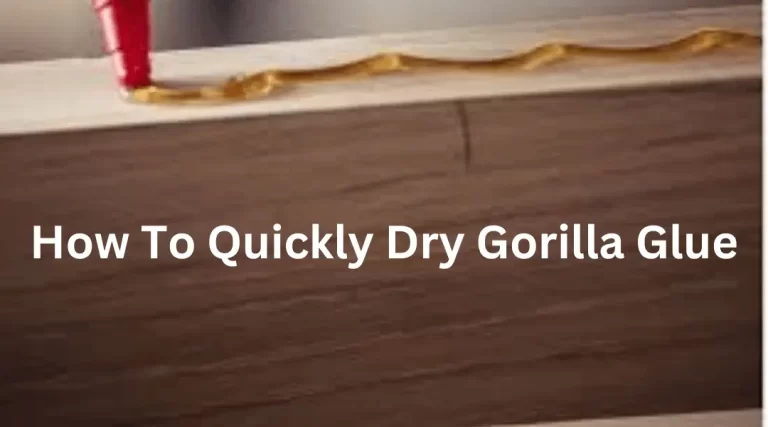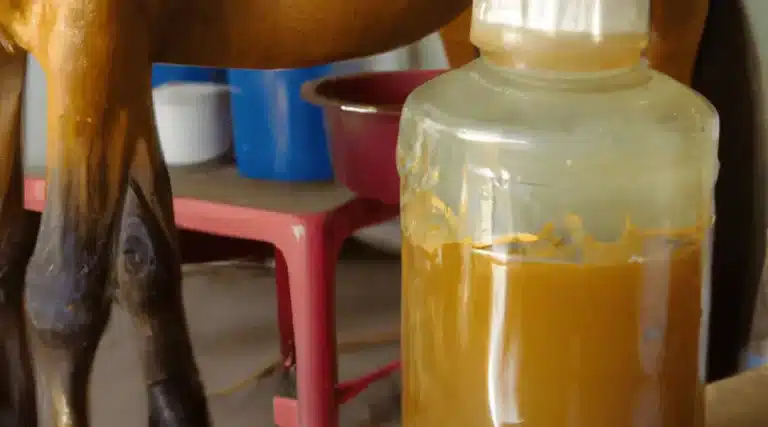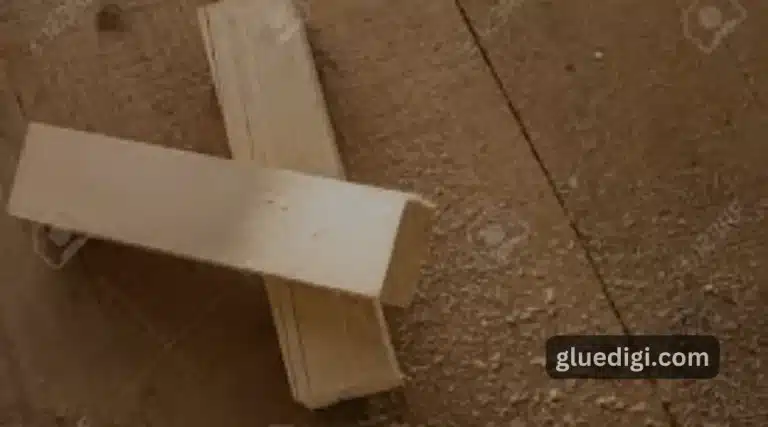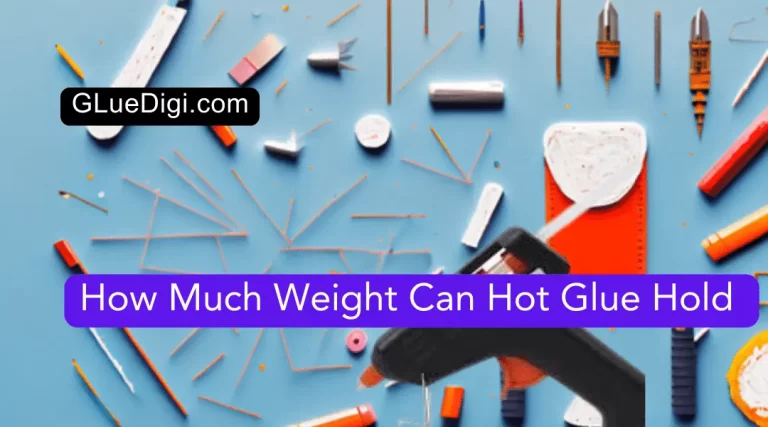When it comes to fabric crafting, choosing the right tools is essential in achieving a successful outcome. One of the most important tools that every crafter should have is a glue gun. However, not all glue guns are created equal, and selecting the right one for your fabric project can be daunting.
The type of glue gun you choose will depend on several factors such as the type of fabric you will be using, the size and complexity of your project, and additional features that may come in handy. It’s crucial to keep in mind that working with fabrics requires special care and attention to avoid damaging them. Using a glue gun that isn’t suitable for your particular fabric could result in discoloration or even burning, which is why it’s vital to understand what makes a good glue gun for fabrics.
In this article, we’ll guide you through some essential considerations to keep in mind when choosing which glue gun is best for fabric projects. We’ll explore various types of glue guns available on the market today, their features and functionalities, as well as how they perform with different types of fabrics.
Key Takeaways
- The type of fabric being used determines the appropriate glue gun to use, as different fabrics require different temperatures for bonding.
- Researching the best glue gun temperature for different fabrics is crucial for achieving a successful bond.
- Material selection and the size and complexity of the project also play a role in determining which glue gun to use.
- When choosing a glue gun for fabric projects, it is important to consider the adhesive properties of hot glue and fabric glue, as well as their washability and durability. It is also recommended to research and read reviews before making a purchase.
Consider the Type of Fabric You Will Be Using
The selection of an appropriate glue gun for fabric is contingent upon careful consideration of the type of fabric being used.
It is important to note that certain types of fabrics, such as silk or synthetic materials, may not be suitable for use with glue guns.
Additionally, different fabrics require different temperatures in order to properly bond with the adhesive.
For example, a low-temperature glue gun may be sufficient for cotton or linen fabrics, while a high-temperature gun may be necessary for thicker materials like denim or leather.
Therefore, it is crucial to research the best glue gun temperature for different fabrics before beginning any project.
Furthermore, it is essential to avoid using certain types of fabric with glue guns altogether in order to prevent damage or potential safety hazards.
With this knowledge in mind, it is now possible to determine the size and complexity of your project and select the appropriate tools accordingly.
Determine the Size and Complexity of Your Project
Consider the scope and intricacy of your undertaking when deciding on the appropriate equipment to use.
The size and complexity of your project will determine the type of glue gun that is best for fabric.
For larger projects, a high-temperature glue gun might be required to ensure a strong bond between materials while smaller projects may only need a low-temperature glue gun.
Additionally, material selection plays a crucial role in determining which glue gun to use since some fabrics require specific types of glues or adhesives.
It is important to carefully evaluate these factors before making a decision on which glue gun to purchase or use for your project.
With this in mind, it is now time to choose the right type of glue that is compatible with both your fabric and the selected glue gun.
Choose the Right Type of Glue
When choosing the right type of glue for your fabric project, it’s important to consider the differences between hot glue and fabric glue.
Hot glue is a popular choice due to its strong hold and quick drying time, but it may not be suitable for all fabrics as it can melt certain materials.
Fabric glue, on the other hand, is designed specifically for use with fabrics and often provides a more durable and washable bond.
Hot Glue vs. Fabric Glue
Comparing the adhesive properties of hot glue and fabric glue for use on fabrics can help determine which one is more suitable for a particular project.
Hot glue is a popular choice due to its fast-drying time and strong hold, making it ideal for quick fixes or projects that require bonding heavier materials. However, hot glue may not be the best option for delicate fabrics as it can leave behind unsightly residue and may damage the material during removal.
On the other hand, fabric glue is specifically designed for use on textiles and offers a more flexible bond that can withstand washing and ironing. While fabric glue may take longer to dry than hot glue, it provides a more permanent solution that won’t yellow or crack over time.
Additionally, there are various methods available to remove excess hot glue from fabrics such as using rubbing alcohol or freezing the affected area before gently peeling it off.
With these pros and cons in mind, choosing between hot glue vs. fabric glue ultimately comes down to personal preference and project requirements. Moving forward into the subsequent section about washability and durability of the glues, we will explore how each type fares when exposed to water or everyday wear and tear.
Washability and Durability of the Glue
The washability and durability of adhesives are crucial factors to consider when choosing the right glue for a fabric-based project. Washability refers to the ability of the adhesive to withstand washing without losing its hold on the fabric while durability pertains to how long-lasting the bond is.
Fabric glue tends to be more flexible than hot glue, making it ideal for fabrics that require some give or stretch. However, hot glue provides greater strength and may be more appropriate for heavier fabrics or embellishments.
It’s important to find a balance between strength and flexibility, as well as washability vs. longevity when selecting an adhesive. Look for additional features such as temperature resistance or non-toxicity in your chosen product.
Look for Additional Features
Additional features such as a built-in stand or adjustable temperature settings can enhance the overall experience of using a glue gun for fabric projects, providing added convenience and precision. When choosing a glue gun for fabric, it’s important to consider all available features that can make the process easier and more efficient.
Some additional features to look for include:
- A comfortable grip that reduces hand fatigue during longer projects
- A non-drip nozzle that prevents messy spills and ensures clean, precise application
- Dual temperature settings that allow you to adjust the heat according to the type of fabric you are working with
- A cordless option that provides greater flexibility in movement and eliminates the need for an electrical outlet nearby.
While cost considerations and brand options should also be taken into account when selecting a glue gun, investing in one with helpful additional features can save time, effort, and frustration in the long run.
By carefully evaluating your needs and preferences as well as doing research on different models before making a purchase decision, you can ensure that your chosen glue gun is not only safe and effective but also tailored to your unique requirements.
With these factors in mind, read reviews and do your research before committing to any specific product or brand.
Read Reviews and Do Your Research
It is recommended to thoroughly research and read reviews before purchasing a glue gun for fabric projects. Doing so will enable you to make an informed decision based on the pros and cons of each product, as well as identify the best brands in the market. To assist in your research, consider using a table that compares various features of different glue guns, such as type of adhesive used, temperature settings, and nozzle size. Some highly rated brands for fabric glue guns include Surebonder, AdTech, and Aleene’s. By taking the time to do your due diligence before making a purchase, you can ensure that you choose a high-quality glue gun that meets your specific needs and preferences for your fabric projects.
Conclusion
When it comes to choosing the best glue gun for fabric, there are several factors to consider. Firstly, the type of fabric you will be using can determine which type of glue is most suitable. Secondly, the size and complexity of your project can affect the size and power of the glue gun you choose. Additionally, it’s important to select a glue gun with features that will make your job easier.
One essential aspect when selecting a glue gun for fabric is choosing the right type of glue. Hot melt glue sticks are generally recommended as they bond well with fabrics and provide a strong hold. However, some fabrics may require a specific adhesive such as spray adhesive or fabric-specific glue sticks.
Another factor to consider is additional features that may be beneficial for your project such as adjustable temperature control or a built-in stand. Reviews from other users can also provide valuable insights into how well a particular model performs in real-life scenarios.
In conclusion, selecting the best glue gun for fabric requires careful consideration of factors such as the type of fabric being used, project size and complexity, appropriate adhesive options and additional features that can help streamline your work process. By doing thorough research and considering these elements before making a purchase decision, you can ensure that you have chosen a tool that meets all your needs effectively.

